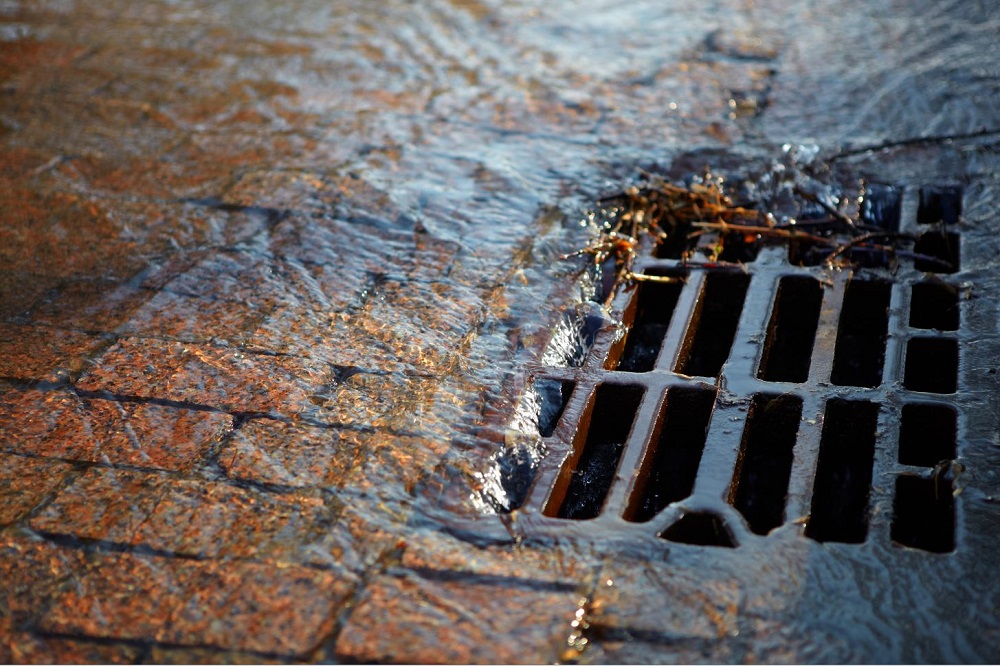
Steps Involved In The Process Of Drain Relining
The Process Of Drain Relining
Drain relining is a method of restoring drainage pipes by adding the new tube, called a drain lining, into an existing broken pipe rather than excavating it. It’s a form of No-Dig repair that utilizes a drain sleeve similar to glass-reinforced plastic. You can go to the kent drainage company to fix the issue.
Drain relining can be used to repair joints that seem open or leaking and circumferential or radial fissures caused by blockages. It’s also good at protecting root intrusion, which is a concern with older clay drainage pipes.
Things Kent Drainage Company Will Do
· Examination
The examination of drainage pipes is the first step in the drain lining procedure. Unlike the conventional method of drain replacement, which involves pipe excavation, the drain relining process employs Surveillance inspection technology provided by the kent drainage company. This inspection pinpoints the exact location and degree of any pipe damage.
· Removal Of Debris
The pipelines were cleaned after the examination to prevent blockages during the relining. The intrusions (for example, tree roots) are chopped out with a robotic cutter that could cut through steel and concrete. The pipe would then be washed with a high-pressure water jet to eradicate debris. This provides a strong attachment here between the tube and the wall.
· Re-Examination
The pipes are examined again before the new drain liner is placed to ensure that almost all possible obstructions have been removed.
· Preparation Of Lining
At this point, the relining method and the exact amount and pipelining required are determined. This is because various sorts of liners are used in multiple scenarios. In cases where the pipes are curved, and maneuverability is required, for instance, more flexible liners are utilized.
· The Fitting
There are two methods for installing the system. The first is using a technique known as inversion. A resin is put into the drain lining and repeatedly rolled to ensure that it is uniformly distributed throughout the body. It is then placed into the damaged pipe using inflated airbags or water pressure to conform the liner to the pipe walls.
GFRP UV pipelining could also be used to install it. Using ropes and winches, the pipelining is dragged into the damaged pipe.
Both procedures guarantee that the lining perfectly matches the pipe’s surface. This ensures efficient drainage.
· Cure Process
The curing process follows installation. This entails the resin solidifying to keep the lining in place. It can be left to cure on its own or sped up by flowing hot water through the pipe when mounted inverted. GFRP UV pipes, on the other hand, necessitate UV irradiation to harden the lining fully.
· Final Re-Examination
After the damaged piece of the drainage pipe has been repaired, the line is given an actual examination to ensure it is in proper working order. Visual inspections with CCTV surveys and leak inspections with leak detection equipment are part of this process.
Conclusion
Suppose you are facing problems with your drain lining. You can take the help of the kent drainage company and sit and relax! It would help if you moved towards the solution given in this article.
